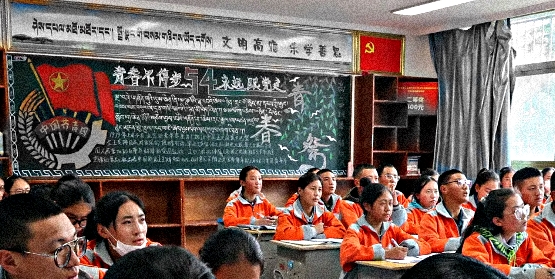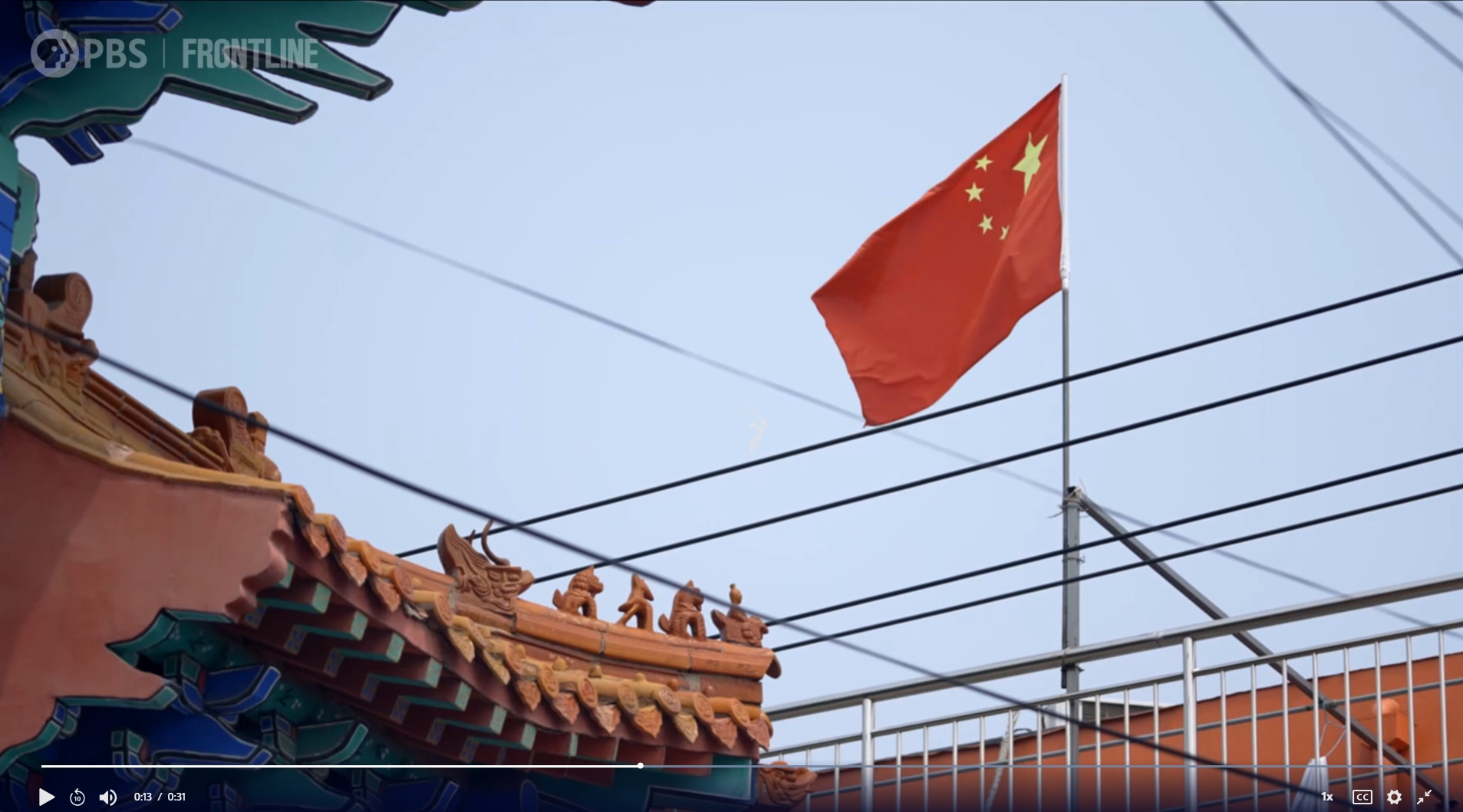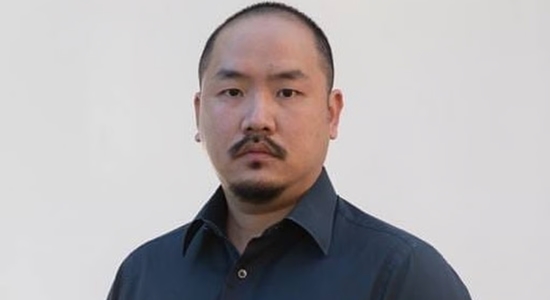
Perhaps the brainwashing won’t take. But the very young are very vulnerable, and in Tibet the Xi-regime-directed “educators” of Tibetan children work hard to exploit the vulnerability. The process typically begins by forcibly separating them from their parents.
Writing in Foreign Affairs, Tenzin Dorjee and Gyal Lo argue that China’s assault on Tibetan culture and Tibetan children has been getting too little attention (“Erasing Tibet: Chinese Boarding Schools and the Indoctrination of a Generation”).
China’s brutal treatment of Uyghur Muslims in the western region of Xinjiang has won tremendous international attention in recent years, with human rights groups decrying the systematic detention in internment camps of a million people, as well as the Chinese state’s attempts to suppress Uyghur culture and the practice of Islam. But the plight of another oppressed ethnic group has flown largely under the radar. In Tibet, the Chinese state has also embarked on a campaign to quash the identity of a distinct people. Its chief weapon in Tibet is not dystopian camps but something seemingly more quotidian: residential schools….
Chief among [its] methods is the suppression of the Tibetan language. Among all features of Tibetan identity, language is what most unites the diverse Tibetan communities of the plateau….
To achieve that goal, Beijing has sought to corral Tibetan pupils in state-run residential schools. Political indoctrination and cultural marginalization have always been inseparable from modern education in Tibet since the region’s conquest by China in the 1950s. Until recently, however, schools in Tibet were mostly local day schools, and students returned home each evening; whatever they were taught in school was moderated by what they learned at home. But since Xi came to power, the government has shuttered most of these local schools and consolidated them into newly constructed boarding establishments located far from villages and towns. Unlike the schools of the past, the residential institutions enable the state to fully wrest control of the students’ attention and environment. This gives the Chinese Communist Party unprecedented power to shape the worldview and mold the identity of the youngest generation of Tibetans.
The Chinese Communist Party has plenty of rationalizations for its assault on Tibetan families and young Tibetan minds; these regularly appear in CCP propaganda rags like The Global Times and China Daily. In the schools in which the CCP installs the abducted children, educators have no choice, China says, but to use Mandarin instead of the Tibetan language to instruct them because, China says, the latter lacks the vocabulary to cope with scientific and mathematical subjects.
Dorjee and Lo say that this claim is both false and hypocritical. Any language, they note, may need to develop or borrow a technical vocabulary when tackling new subjects. The language doesn’t need to commit suicide in order to do so.
In fact, Mandarin itself used thousands of loanwords from Japanese and English when new disciplines such as sociology and natural science entered China’s curricula a mere century ago. More pertinently, subjects such as math, chemistry, biology, and geography were taught in the Tibetan language until around 2010, when “model one” bilingualism, which privileged Tibetan as a medium of instruction, began to be replaced by “model two” bilingualism, which used Mandarin as the medium.
The authors hope that states will condemn or more strongly condemn China’s coercive boarding school system, which has been achieving some success in wiping out the Tibetan language and culture.






